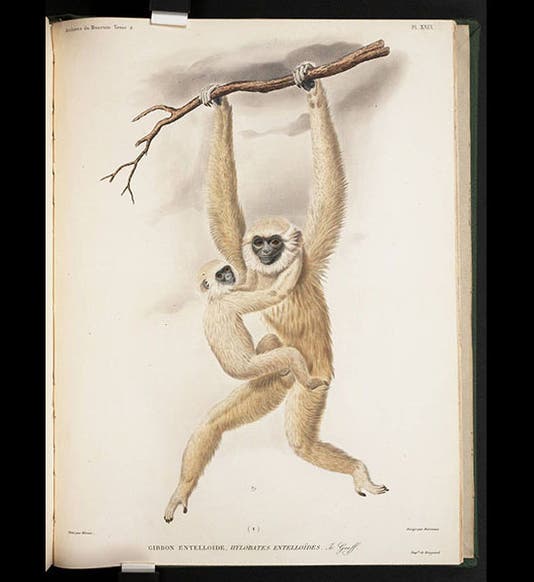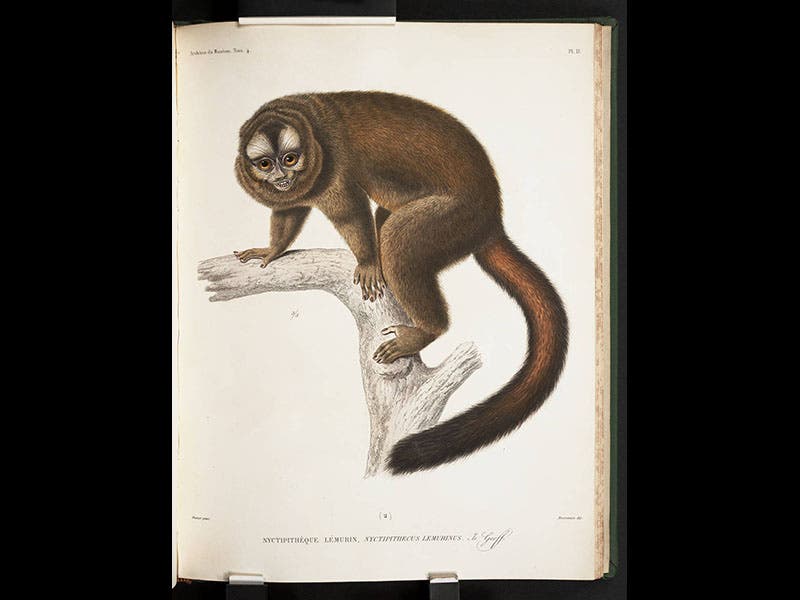Scientist of the Day - Isidore Geoffroy Saint-Hilaire
Isidore Geoffroy Saint-Hilaire, a French zoologist, was born Dec. 16, 1805. Isidore was the son of the noted Darwinian precursor, Etienne Geoffroy Sainte-Hilaire, and he succeeded his father as professor at the Natural History Museum in Paris in 1841. Beginning that year, Isidore published a series of detailed studies of monkeys and apes over the course of about 17 years, in the Archives of the Museum, and one thing he noticed is that primates, when they are young, have much larger heads in comparison to their bodies than when they grow older. He also noticed that apes learn better when young. Isidore wondered whether humans might somehow, in maturity, retain those features that are juvenile in apes, which would account for our large adult brains and our ability to learn throughout life. We now know that neoteny, or the retention of juvenile traits in adults, is an important factor in evolution, and it is amazing that Isidore was able to discover the principle of neoteny without the aid of Darwin's theory of natural selection, which seems necessary to make sense of it all.
The illustrations above, taken from various articles by Geoffroy Sainte-Hilaire in the Archives, depict, in order: a gibbon, a lemur, a guenon, and a callithrix. We exhibited two more of his illustrations, showing a gorilla and a chimpanzee, in our Grandeur of Life Exhibition in 2009.
Dr. William B. Ashworth, Jr., Consultant for the History of Science, Linda Hall Library and Associate Professor, Department of History, University of Missouri-Kansas City










